Home>Gardening & Outdoor>Landscaping Ideas>How To Plant Grass Seed In Georgia
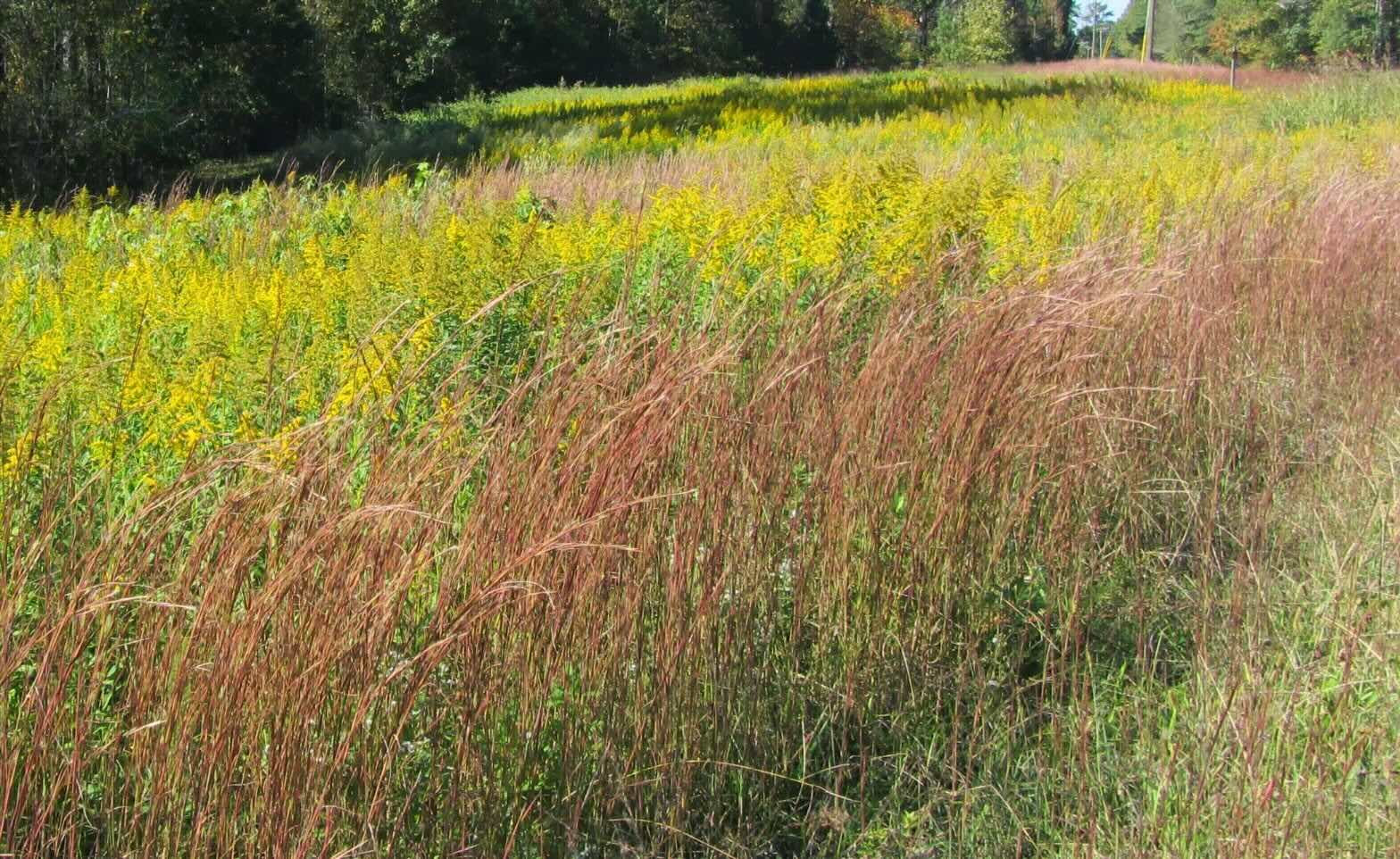

Landscaping Ideas
How To Plant Grass Seed In Georgia
Modified: February 18, 2024
Learn the best landscaping ideas for planting grass seed in Georgia. Discover expert tips and techniques for successful lawn establishment in the Georgia climate.
(Many of the links in this article redirect to a specific reviewed product. Your purchase of these products through affiliate links helps to generate commission for Storables.com, at no extra cost. Learn more)
Introduction
Welcome to the lush and vibrant world of landscaping in Georgia! Planting grass seed in Georgia requires a deep understanding of the local climate, soil conditions, and the types of grass that thrive in this region. Whether you're a seasoned gardener or a novice enthusiast, this comprehensive guide will equip you with the knowledge and techniques needed to cultivate a thriving lawn that can withstand the unique challenges presented by Georgia's climate.
In this article, we'll delve into the intricacies of planting grass seed in Georgia, from selecting the most suitable grass species to nurturing the newly planted seedlings. By the end of this guide, you'll be well-prepared to embark on your landscaping journey, armed with the expertise to create a verdant and resilient lawn that enhances the beauty of your outdoor space.
So, let's roll up our sleeves and dig into the rich soil of Georgia, uncovering the secrets to successful grass seed planting in this enchanting region.
Key Takeaways:
- Choose the right grass seed for Georgia’s climate, like Bermuda grass for the south and Fescue for the north, to create a resilient and visually appealing lawn that thrives in diverse conditions.
- Prepare the soil by adding organic matter and conducting a soil test to create an optimal environment for grass seedlings to flourish, setting the stage for a healthy and vibrant lawn.
Read more: When To Plant Grass In Georgia
Understanding the Georgia Climate
Georgia’s climate is characterized by its diversity, with both coastal and inland regions experiencing varied weather patterns. The state boasts a humid subtropical climate, marked by hot, humid summers and mild winters, making it conducive to a wide range of plant species, including grasses.
One of the key factors to consider when planting grass seed in Georgia is the state’s annual precipitation and temperature fluctuations. The southern regions receive approximately 50 inches of rainfall annually, while the northern areas may experience slightly lower precipitation levels. Additionally, Georgia’s summers are known for their high humidity and occasional drought conditions, which can pose challenges for maintaining a healthy lawn.
When selecting grass seed for your Georgia lawn, it’s essential to choose varieties that can thrive in the state’s climate. Warm-season grasses such as Bermuda grass, Zoysia grass, and Centipede grass are well-suited to Georgia’s hot and humid summers, while cool-season grasses like Fescue and Kentucky Bluegrass can withstand the milder winters in the northern part of the state.
Understanding the nuances of Georgia’s climate is crucial for determining the most suitable grass species for your lawn. By aligning your choice of grass seed with the state’s climatic conditions, you can lay the foundation for a healthy and resilient lawn that flourishes throughout the changing seasons.
Choosing the Right Grass Seed
When it comes to selecting the ideal grass seed for your Georgia lawn, several factors come into play, including the climate, soil type, and intended use of the lawn. The diverse climate of Georgia necessitates a thoughtful approach to choosing the right grass seed that can thrive in varying conditions across the state.
For homeowners in the southern regions of Georgia, warm-season grasses are the top choice due to their ability to withstand the intense heat and humidity of the summer months. Bermuda grass, known for its exceptional heat tolerance and rapid growth, is a popular option for lawns in these areas. Zoysia grass, with its lush, dense growth and excellent drought tolerance, is another well-suited warm-season grass for Georgia’s climate.
Conversely, homeowners in the northern part of the state may opt for cool-season grasses that can endure the milder winters. Fescue, a cold-tolerant grass variety valued for its lush appearance and adaptability to shaded areas, is a favored choice for lawns in the northern regions of Georgia. Kentucky Bluegrass, known for its fine texture and cold hardiness, is also suitable for these areas.
Before choosing a grass seed, it’s essential to consider the specific conditions of your lawn, such as sun exposure, soil pH, and water availability. Conducting a soil test can provide valuable insights into the soil’s nutrient levels and pH, guiding you in selecting a grass seed that aligns with the soil’s characteristics.
Ultimately, the key to choosing the right grass seed lies in understanding the unique requirements of your lawn and selecting a grass variety that can thrive in Georgia’s diverse climate. By making an informed decision based on these factors, you can lay the groundwork for a resilient and visually appealing lawn that enhances the beauty of your outdoor space.
Preparing the Soil
Before sowing the seeds, preparing the soil is a critical step that sets the stage for the successful growth of grass in Georgia. The soil composition and nutrient levels play a pivotal role in nurturing healthy and robust grass seedlings, making soil preparation an essential aspect of the planting process.
Begin by assessing the soil in your lawn to determine its composition, drainage capabilities, and nutrient content. Georgia soils vary widely, with some regions featuring clay-heavy soil, while others have sandy or loamy soil. Understanding your soil type enables you to tailor the preparation process to address its specific needs.
For clay soils, incorporating organic matter such as compost or well-rotted manure can enhance drainage and improve soil structure, promoting better root development for the grass seedlings. Conversely, sandy soils benefit from the addition of organic matter to increase water retention and nutrient availability, fostering an optimal environment for grass growth.
Prior to planting, it’s advisable to conduct a soil test to assess the pH and nutrient levels of the soil. This valuable information guides the application of soil amendments, such as lime or sulfur, to achieve the ideal pH for the selected grass species. Additionally, the soil test results inform the application of fertilizers tailored to the specific nutrient requirements of the grass seedlings.
Once the soil amendments are applied, thoroughly till the soil to incorporate the organic matter and amendments, ensuring an even distribution throughout the planting area. Raking the soil surface smooths out any irregularities and creates a conducive bed for sowing the grass seeds, promoting uniform germination and growth.
By meticulously preparing the soil, you create an optimal foundation for the grass seedlings to thrive, setting the stage for a healthy and vibrant lawn. Taking the time to address the unique needs of your soil ensures that the newly planted grass seeds have the best possible start, leading to a lush and resilient lawn that flourishes in Georgia’s diverse climate.
When planting grass seed in Georgia, it’s important to choose a grass variety that is well-suited to the local climate and soil conditions, such as Bermuda or Zoysia grass. Make sure to prepare the soil properly by removing any debris and adding a layer of topsoil before spreading the grass seed. Water the newly planted seeds regularly to ensure proper germination and growth.
Planting the Grass Seed
With the soil meticulously prepared, it’s time to embark on the exciting process of planting grass seed in Georgia. Whether you’re establishing a new lawn or overseeding an existing one, the planting phase is a crucial step that sets the stage for the growth and development of a lush and resilient turf.
When sowing grass seed, it’s essential to choose an optimal time that aligns with the growth characteristics of the selected grass species. For warm-season grasses such as Bermuda and Zoysia, the ideal time for planting is during the late spring or early summer when the soil temperature has warmed to promote rapid germination and establishment. Conversely, cool-season grasses like Fescue and Kentucky Bluegrass thrive when planted in the early fall, allowing the seedlings to establish strong root systems before the onset of winter.
Before sowing the seeds, carefully read and follow the instructions provided on the grass seed packaging to determine the recommended seeding rate and depth. Using a broadcast spreader ensures even distribution of the seeds, promoting uniform coverage across the planting area. After spreading the seeds, gently rake the soil to lightly cover the seeds, aiding in seed-to-soil contact and promoting germination.
Watering plays a crucial role in the success of grass seed germination. After planting, ensure that the soil remains consistently moist but not waterlogged, as excessive moisture can hinder germination and lead to fungal issues. Using a fine mist setting on a garden hose or a sprinkler system helps maintain the ideal moisture level for the germinating seeds.
As the grass seedlings emerge, monitor their growth and adjust the watering schedule as needed to support their development. Once the seedlings reach a height of approximately 2 inches, gradually transition to a deeper and less frequent watering regimen, encouraging the roots to establish and penetrate deeper into the soil.
By following these planting guidelines and providing attentive care to the emerging seedlings, you set the stage for the successful establishment of a vibrant and resilient lawn that thrives in Georgia’s diverse climate. The planting phase marks the beginning of a gratifying journey towards cultivating a lush and inviting outdoor space that enhances the beauty of your home.
Read more: When To Plant Bermuda Grass In North Georgia
Caring for Newly Planted Grass
After the grass seed has been sown and the initial growth phase commences, providing attentive care is crucial to ensure the successful establishment of a healthy and vibrant lawn in Georgia. Caring for newly planted grass involves a combination of diligent watering, monitoring for potential issues, and gradually transitioning to a regular maintenance routine as the grass matures.
Watering the newly planted grass seedlings is a critical aspect of their care, as it directly impacts their growth and development. During the initial germination phase, it’s essential to maintain consistent soil moisture to support the emergence of the seedlings. This may require light and frequent watering, ensuring that the soil remains adequately moist without becoming waterlogged. As the seedlings mature, gradually transition to a deeper and less frequent watering schedule to encourage the development of robust root systems.
Monitoring the newly planted grass for signs of stress, such as wilting or discoloration, allows for timely intervention to address any potential issues. Keep an eye out for pests, diseases, or nutrient deficiencies, and take proactive measures to mitigate these challenges. Additionally, removing debris and light thatch buildup from the emerging lawn promotes optimal air circulation and sunlight exposure, fostering healthy growth.
As the grass seedlings continue to develop, it’s essential to gradually introduce a regular maintenance routine to support their long-term health. This includes mowing the grass at the appropriate height for the selected grass species, providing essential nutrients through fertilization, and addressing any weed issues that may arise. Adhering to a consistent maintenance schedule tailored to the specific needs of your grass species sets the stage for a thriving and visually appealing lawn.
Throughout the care and maintenance process, it’s valuable to observe the unique characteristics of your lawn and make adjustments based on its response to the care practices. By providing attentive and tailored care to the newly planted grass, you pave the way for the development of a resilient and verdant lawn that enhances the beauty of your outdoor space, creating a welcoming environment for relaxation and enjoyment.
Conclusion
Embarking on the journey of planting grass seed in Georgia is a rewarding endeavor that offers the opportunity to create a lush and resilient lawn that thrives in the state’s diverse climate. By understanding the intricacies of Georgia’s climate, selecting the right grass seed, and meticulously preparing the soil, you lay the foundation for the successful growth of a vibrant and inviting lawn.
Choosing the most suitable grass species for your specific region in Georgia is paramount, as it ensures that your lawn can withstand the challenges posed by the state’s varying climate and environmental conditions. Whether you opt for warm-season grasses in the southern regions or cool-season varieties in the northern areas, aligning your choice of grass seed with the local climate sets the stage for a flourishing lawn.
As you embark on the process of planting the grass seed and caring for the emerging seedlings, providing attentive and tailored care ensures the successful establishment of a healthy and visually appealing lawn. From diligent watering to proactive monitoring and maintenance, each step contributes to the development of a resilient and vibrant turf that enhances the beauty of your outdoor space.
Ultimately, the journey of planting grass seed in Georgia is a testament to the transformative power of landscaping, allowing you to create an inviting and verdant environment that enriches your home. By leveraging the insights and techniques outlined in this guide, you are well-equipped to cultivate a thriving lawn that flourishes amidst the unique climate and natural beauty of Georgia.
So, roll up your sleeves, embrace the rich soil of Georgia, and embark on the gratifying journey of planting and nurturing a resilient and captivating lawn that becomes a cherished centerpiece of your outdoor oasis.
Frequently Asked Questions about How To Plant Grass Seed In Georgia
Was this page helpful?
At Storables.com, we guarantee accurate and reliable information. Our content, validated by Expert Board Contributors, is crafted following stringent Editorial Policies. We're committed to providing you with well-researched, expert-backed insights for all your informational needs.
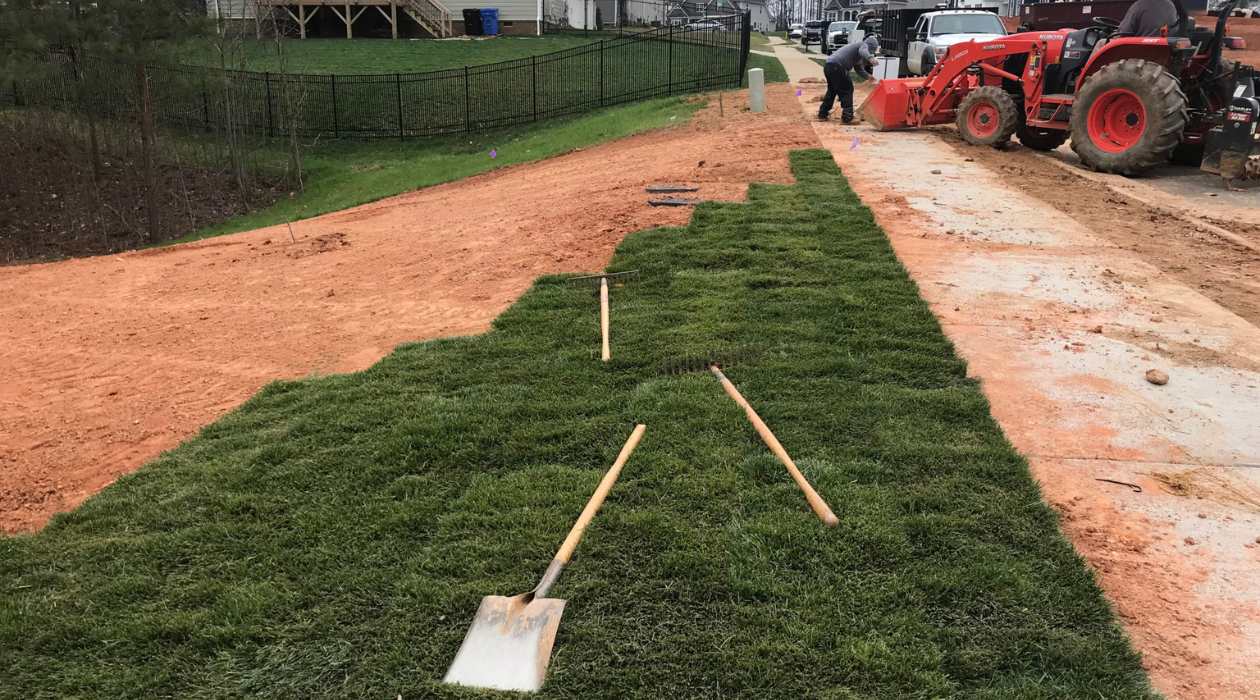
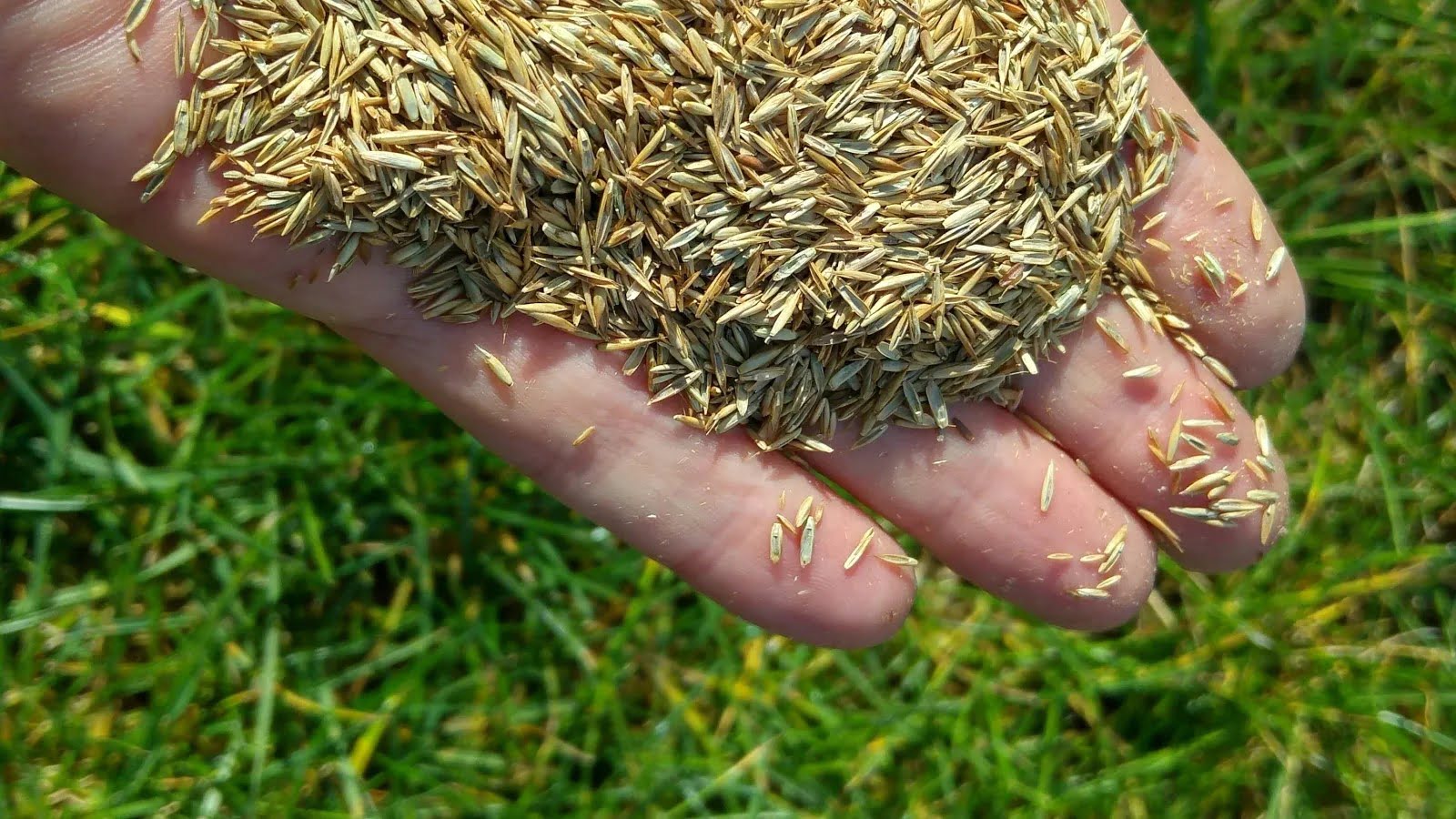


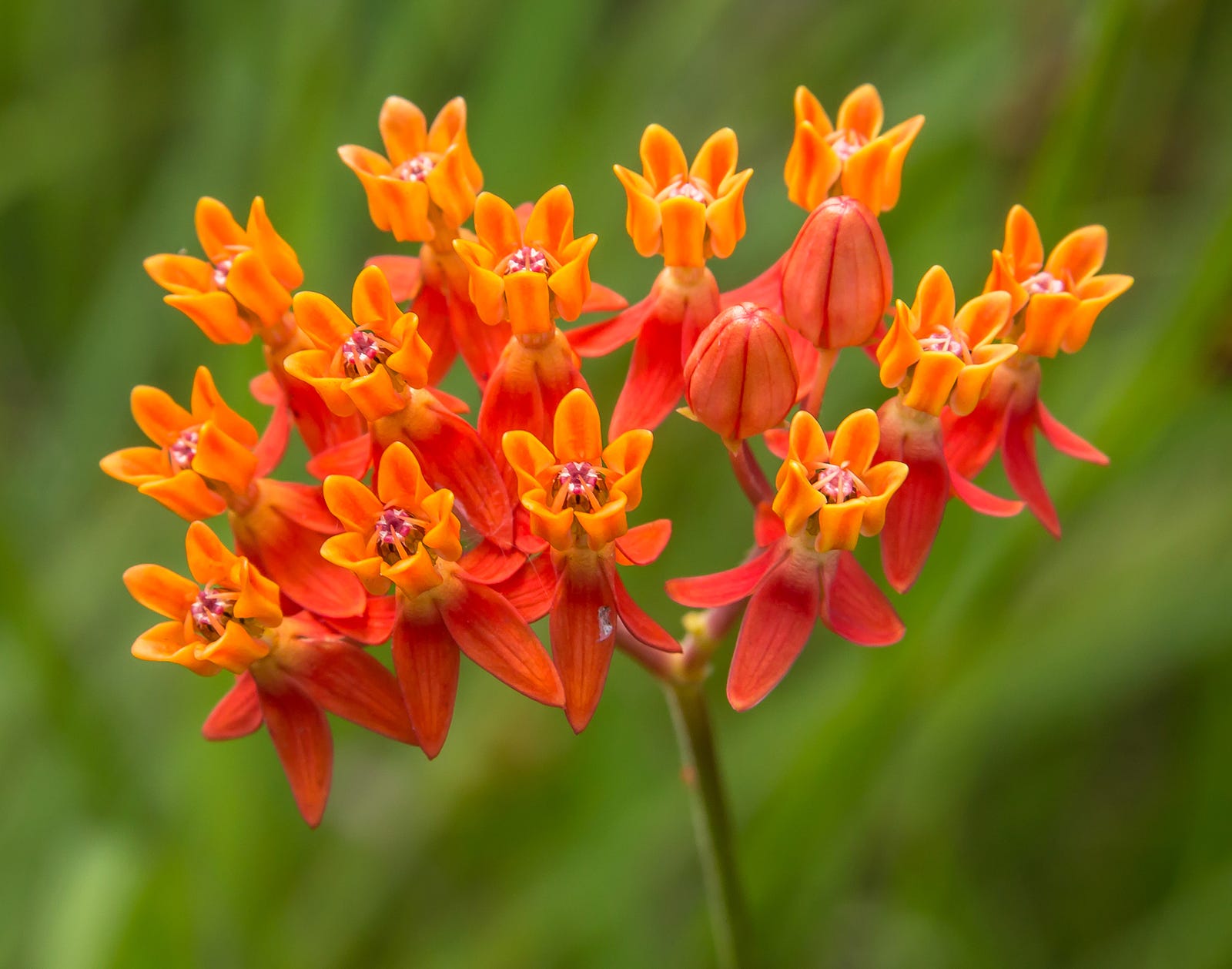
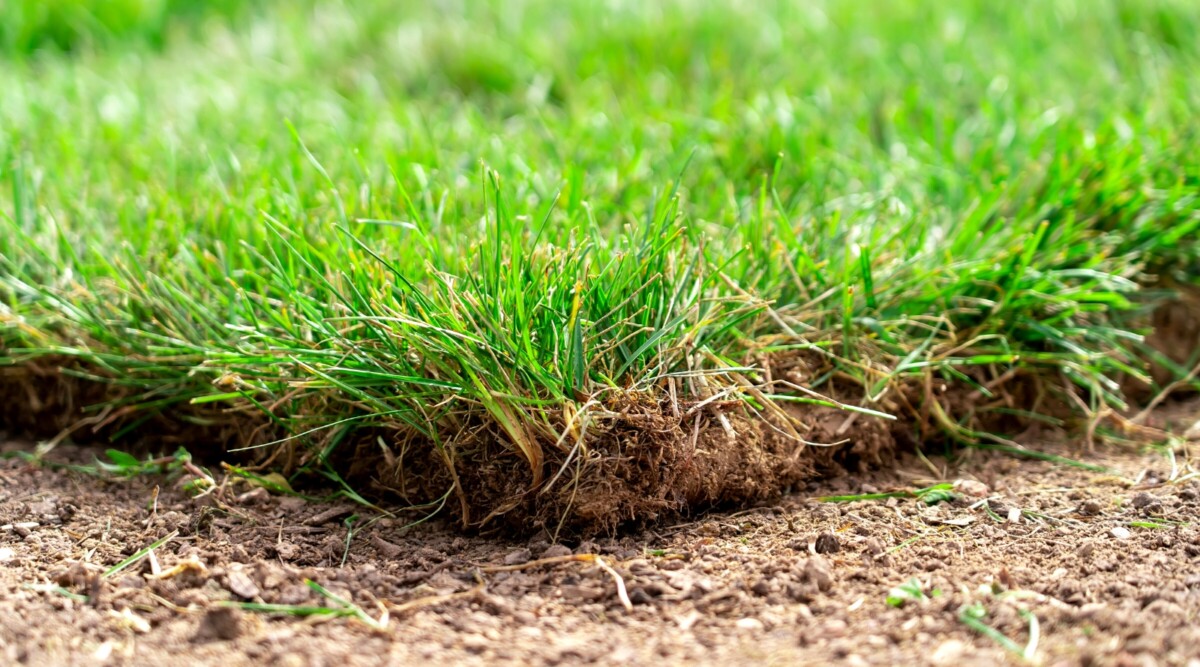
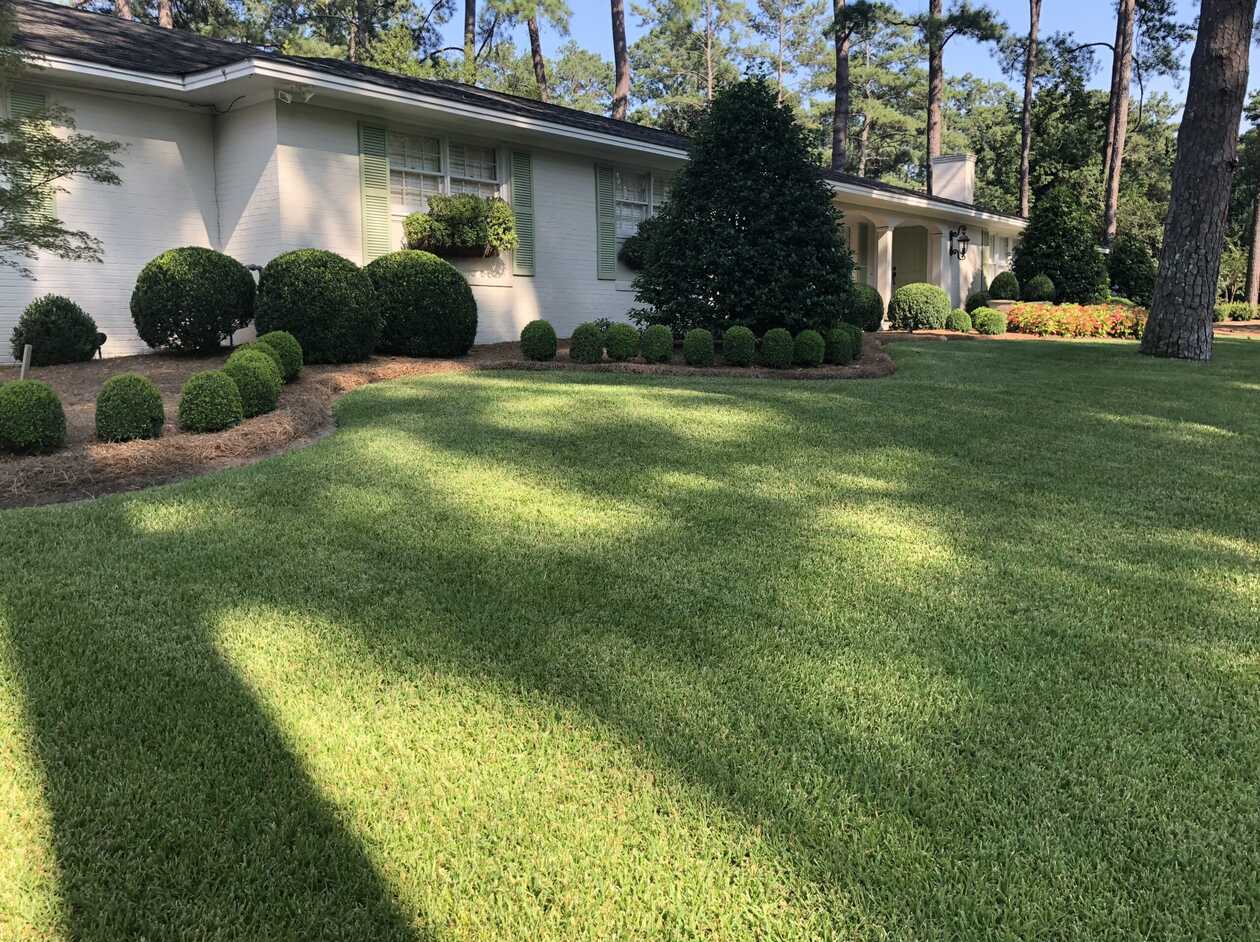

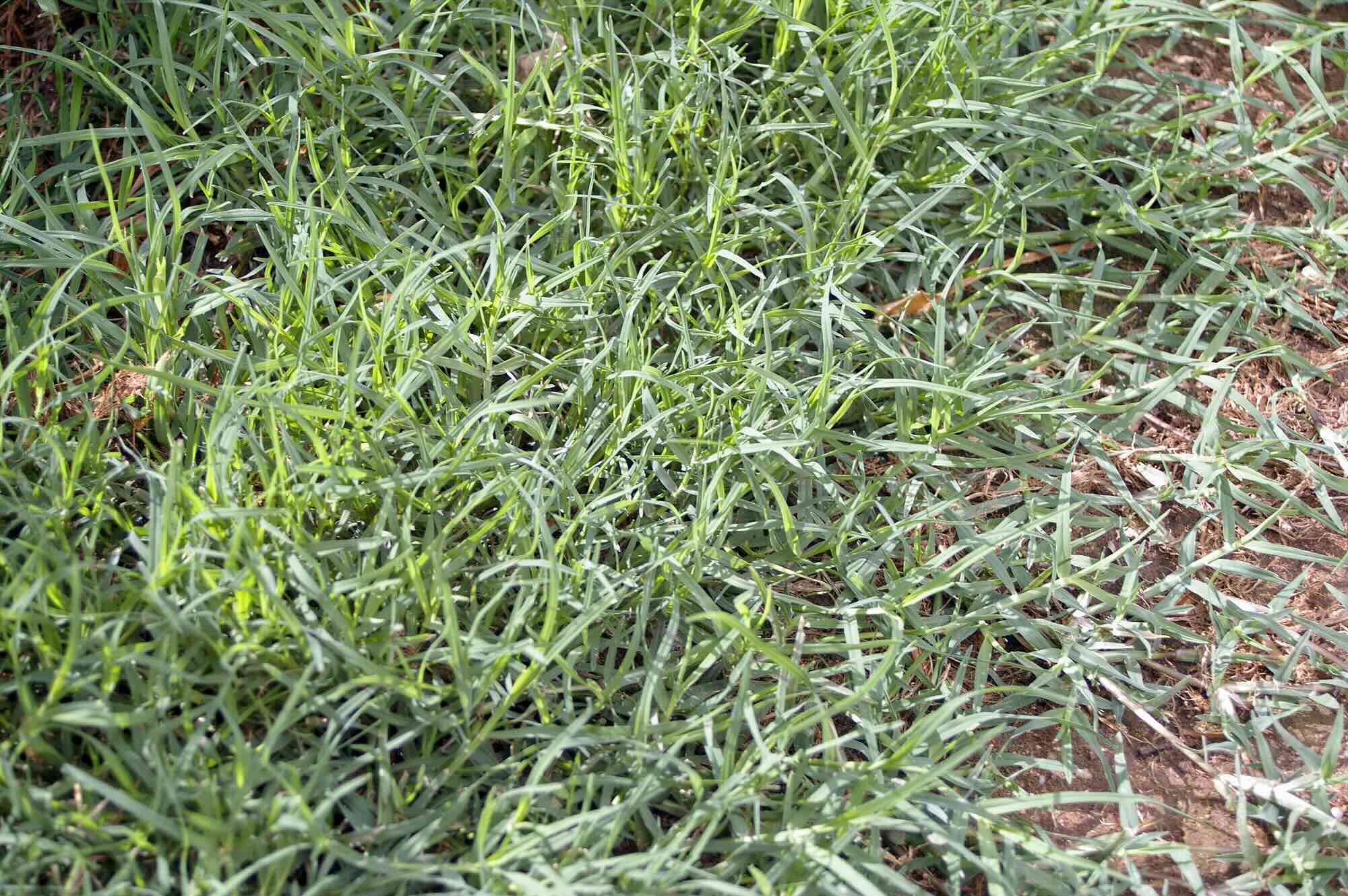


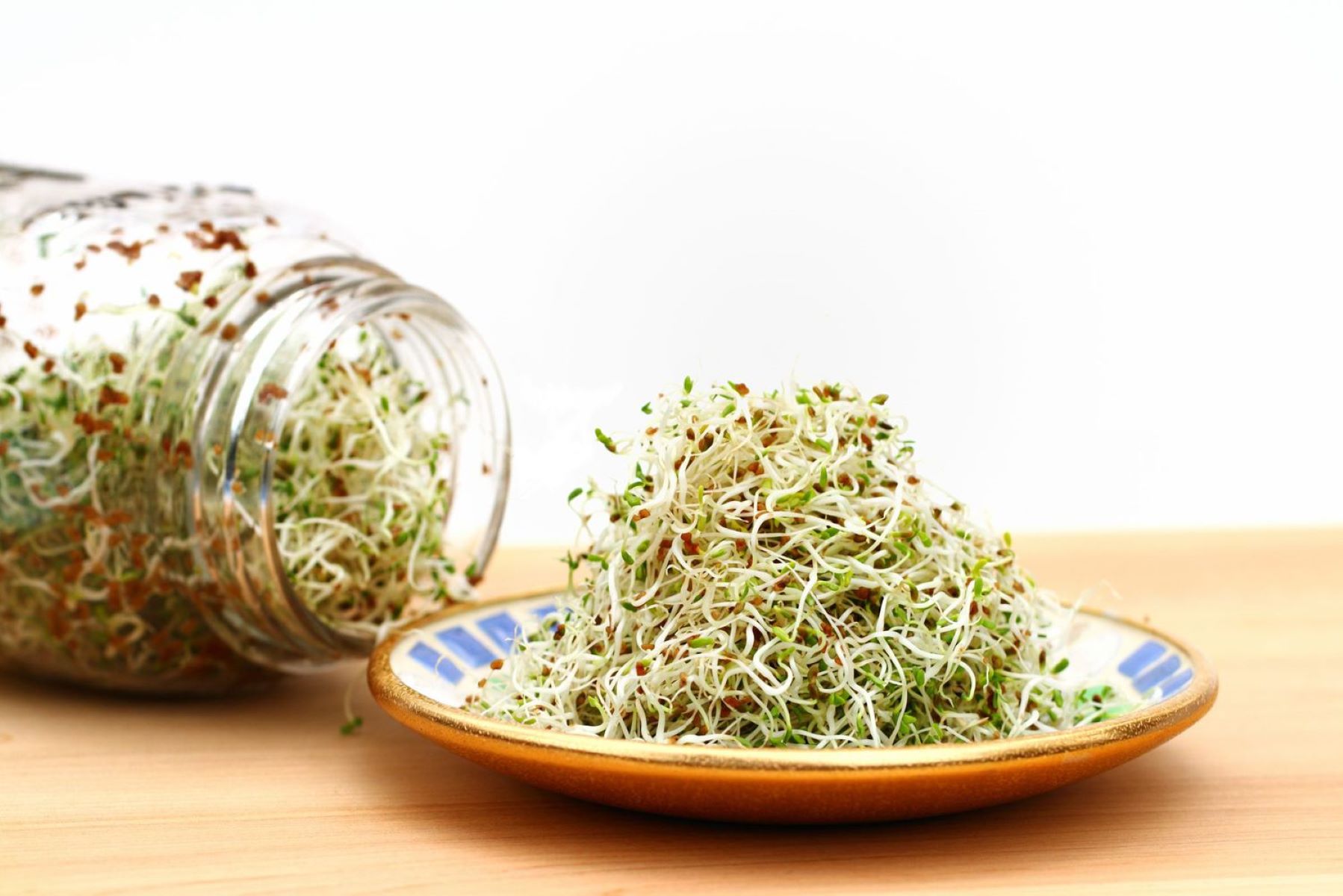
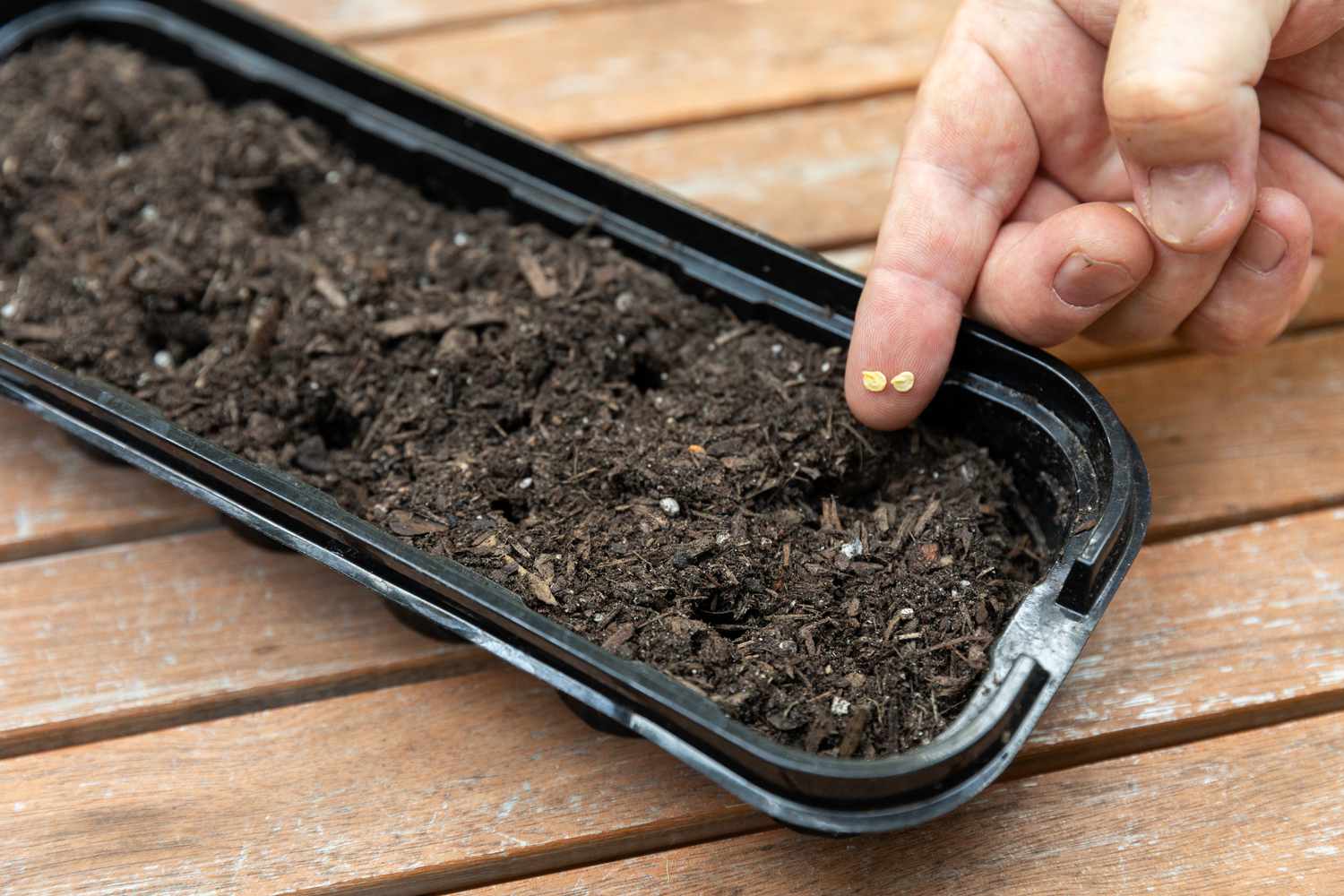
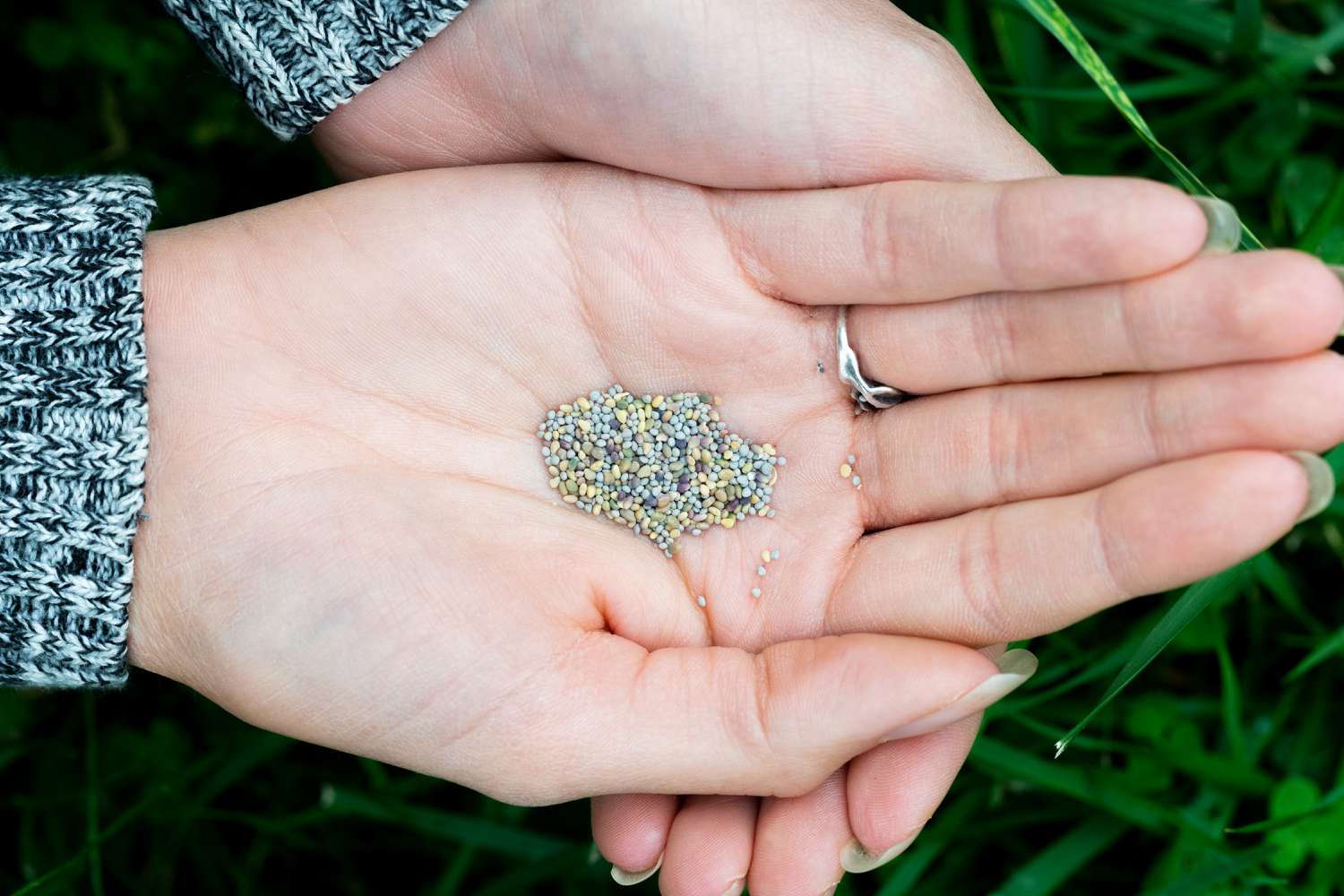

0 thoughts on “How To Plant Grass Seed In Georgia”